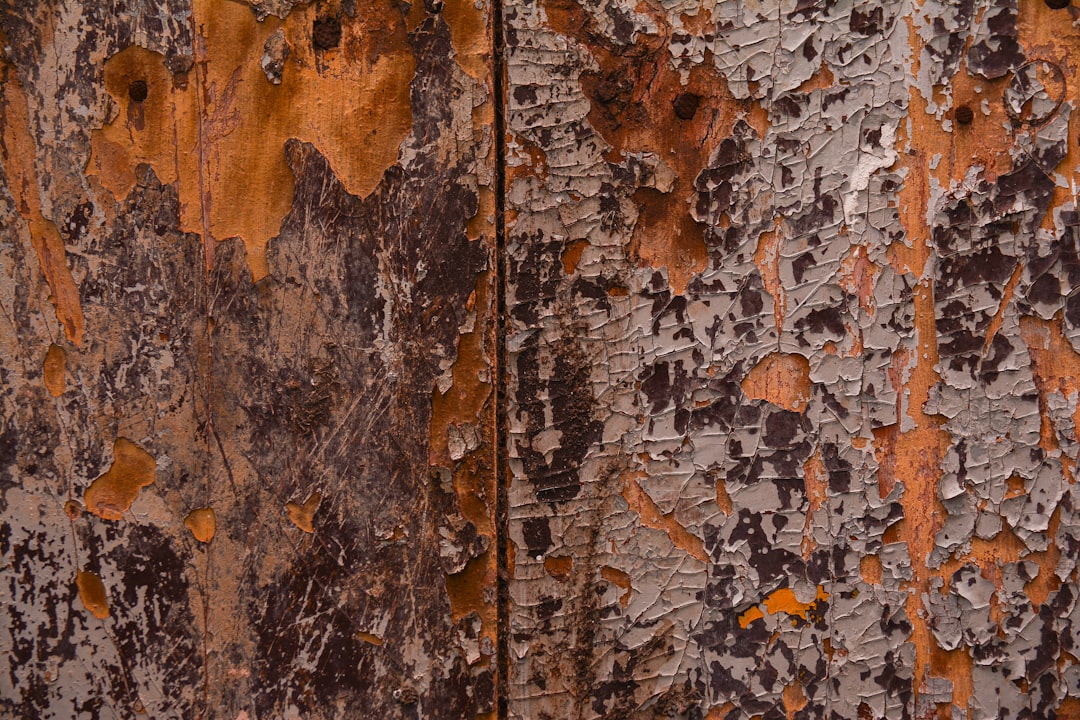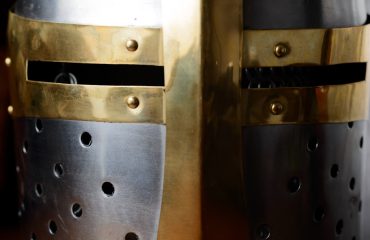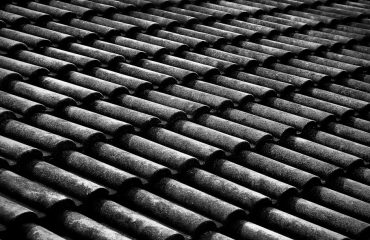body {
font-family: sans-serif;
line-height: 1.6;
}
h1, h2, h3 {
color: #333;
}
table {
width: 100%;
border-collapse: collapse;
margin-bottom: 20px;
}
th, td {
border: 1px solid #ddd;
padding: 8px;
text-align: left;
}
th {
background-color: #f2f2f2;
}
Stainless steel, a ubiquitous material in modern applications, encompasses a wide variety of grades, each with unique properties. Two prominent classes are ferritic and austenitic stainless steels. Understanding their differences is crucial for selecting the right material for a specific application. This comprehensive guide will delve into the key distinctions between these two types of stainless steel, helping you make informed decisions.
1. Compositional Differences: The Building Blocks of Strength and Properties
The fundamental difference between ferritic and austenitic stainless steels lies in their chemical composition, specifically their chromium and nickel content. Ferritic stainless steels are primarily composed of iron and chromium, typically containing 10.5-27% chromium. They have minimal nickel content (less than 1%). This chromium content is what provides the corrosion resistance. Austenitic stainless steels, on the other hand, contain significantly higher amounts of both chromium (16-26%) and nickel (6-22%). This combination of chromium and nickel creates a unique crystal structure, leading to different properties. Other alloying elements like molybdenum, manganese, and silicon are also present in varying amounts, further influencing the final characteristics of both types of steel.
2. Crystal Structure: The Foundation of Mechanical Behavior
The chemical composition directly impacts the crystal structure of the steel. Ferritic stainless steels possess a body-centered cubic (BCC) crystal structure at room temperature. This structure is relatively simple and results in higher strength and hardness compared to austenitic stainless steel but with reduced ductility. Austenitic stainless steels, due to the high nickel content, exhibit a face-centered cubic (FCC) structure. This FCC structure provides exceptional ductility, making it easier to form and fabricate. The difference in crystal structure significantly influences the mechanical properties of each type of steel, as discussed further below.
3. Mechanical Properties: Strength, Ductility, and Formability
The different crystal structures lead to contrasting mechanical properties. Ferritic stainless steels are generally stronger and harder than austenitic stainless steels. However, their ductility and formability are lower. This means they are more resistant to deformation but more challenging to bend, shape, or weld. Austenitic stainless steels, with their FCC structure, exhibit superior ductility, making them easier to work with in various forming processes. They are also more resistant to impact and shock loading. The choice between ferritic and austenitic will depend on the required balance of strength, toughness, and formability.
| Property | Ferritic Stainless Steel | Austenitic Stainless Steel |
|---|---|---|
| Strength | Higher | Lower |
| Ductility | Lower | Higher |
| Formability | Lower | Higher |
| Weldability | More challenging | Easier |
| Magnetic Properties | Magnetic | Non-magnetic or weakly magnetic |
4. Corrosion Resistance: Protecting Against Environmental Degradation
Both ferritic and austenitic stainless steels are known for their corrosion resistance, but the degree and type of resistance differ. The chromium content in both types forms a passive chromium oxide layer on the surface, protecting the steel from oxidation and corrosion. Ferritic stainless steels generally exhibit good corrosion resistance in many environments, but their resistance is typically lower than that of austenitic grades. Austenitic stainless steels, particularly those with higher nickel and molybdenum content, offer superior corrosion resistance, especially in aggressive environments like chloride-containing solutions (e.g., seawater). The choice depends heavily on the specific corrosive environment and the required level of protection.
5. Applications: Where Each Steel Shines
The differing properties of ferritic and austenitic stainless steels lead to their use in distinct applications. Ferritic stainless steels are often chosen for applications where high strength and good corrosion resistance are needed, such as automotive exhaust systems, appliances, and certain chemical processing equipment. Their lower cost compared to austenitic grades also makes them attractive for many applications. Austenitic stainless steels, owing to their superior ductility, weldability, and corrosion resistance, are preferred for applications requiring complex shapes, high formability, and resistance to aggressive environments. Examples include food processing equipment, medical devices, chemical reactors, and architectural cladding.
In conclusion, the selection between ferritic and austenitic stainless steel requires careful consideration of the specific application requirements. Understanding the compositional, structural, and mechanical differences, along with their corrosion resistance and cost, is crucial for making an informed decision. This deep dive provides a framework for navigating the complexities of these essential materials.
SEO Tags: ferritic stainless steel, austenitic stainless steel, stainless steel comparison, stainless steel properties, steel applications




